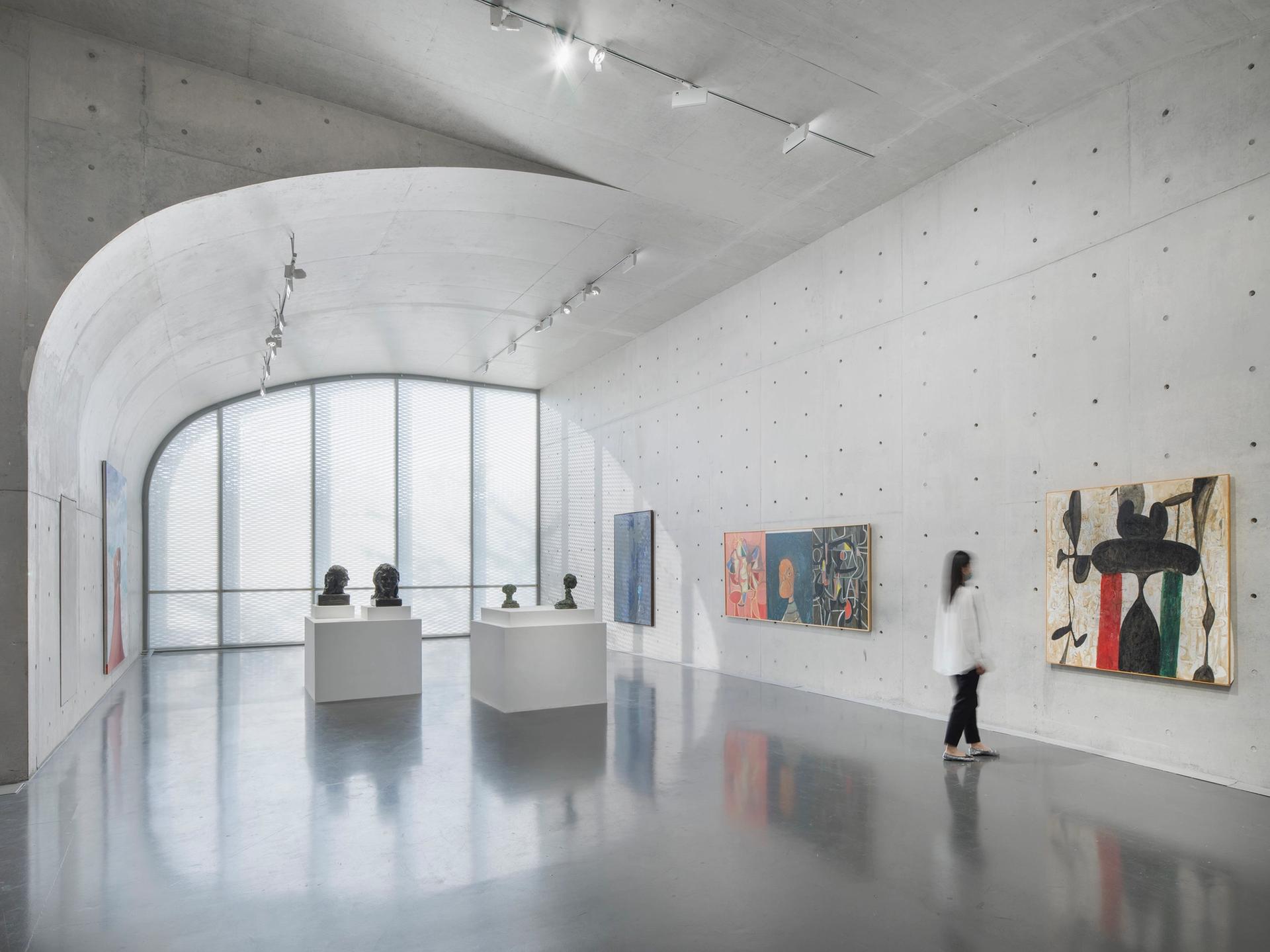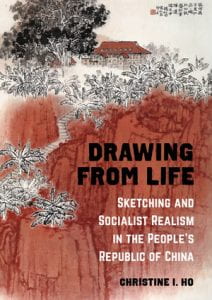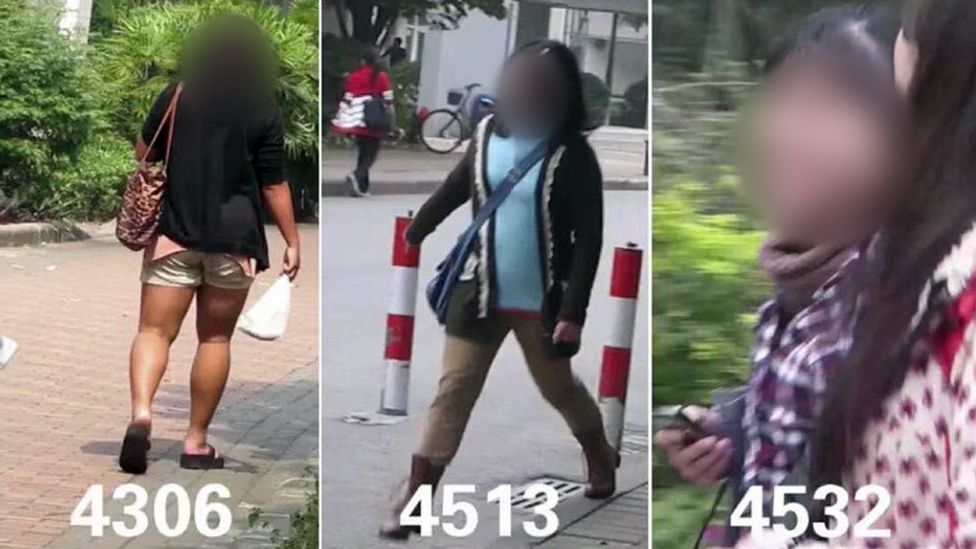Source: The Art News (10/5/21)
Mystery surrounds sudden closures of two major Shanghai museums
Long Museum West Bund and Shanghai Minsheng Art Museum both announced they would shut indefinitely for unspecified reasons
By Lisa Movius

Installation view of George Condo: The Picture Gallery, at Long Museum (West Bund), Shanghai, 2021.© George Condo. Courtesy the artist and Hauser & Wirth. Photo: JJYPHOTO
Two Shanghai museums have announced closures for vague or unspecified reasons in the past week, eliciting speculation in the Shanghai art world as to the actual causes. First Long Museum West Bund announced on 28 September that it would close indefinitely for reasons only listed as “facility maintenance”, before updating the following day with a notice of reopening from 30 September. Then the Shanghai Minsheng Art Museum posted on its official Wechat channel a similar notice announcing its indefinite closure from 1 October, with no reason cited. The museum has not yet provided a reopening date.
Abrupt, unexplained museum closures in China are usually due to political controversies, surprise visits by high-ranking officials, facility safety concerns, or extreme weather conditions. Long’s closure has come on the heels of unveiling a massive George Condo solo exhibition on 25 September. A museum spokesperson declined to specify any reasons for the closure, but confirmed that the 30 September opening of a solo presentation by the Brazilian artist Beatriz Milhazes on the museum’s second floor proceeded as planned for invited guests. Minsheng did not respond to a request for comment. Continue reading










